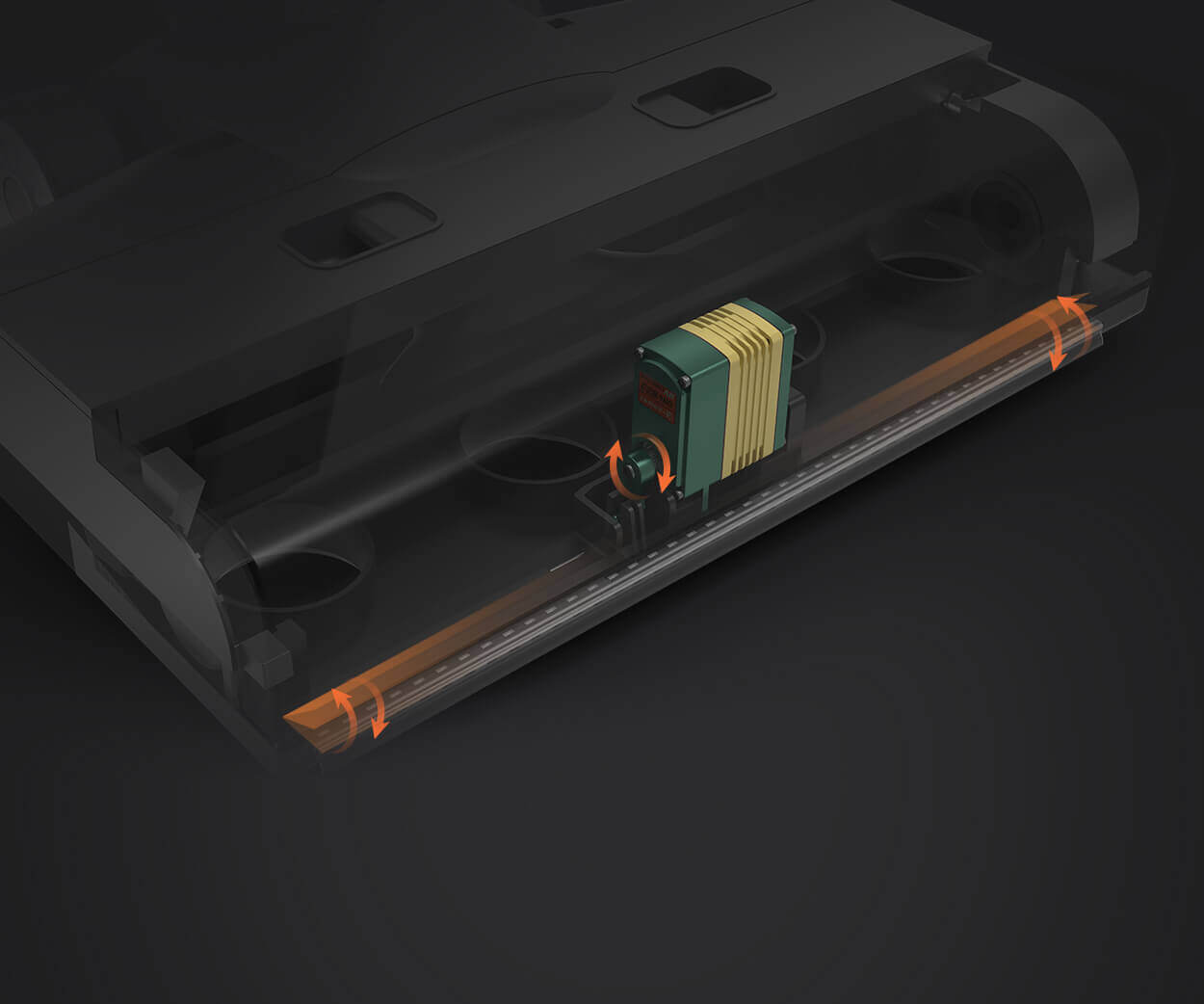Imagine the thrill of watching a robot arm gracefully pick up a delicate glass or a drone swiftly adjusting its flight in mid-air. Behind these stunning feats of motion lie the tiny yet powerful motors that bring machines to life. Among these, servo motors and DC motors are the most popular, each with a distinct personality and set of capabilities that make them suitable for different tasks across industries. Understanding the subtle but significant differences between them can open doors to more innovative, efficient, and precise mechanical designs.

Let’s start with the basics: what exactly are servo and DC motors? The term “DC motor” typically refers to a simple, direct-current motor that converts electrical energy into rotational motion through electromagnetic principles. They're like the workhorses of the motor world—reliable, straightforward, and capable of running at various speeds with a simple voltage change. On the other hand, a servo motor isn’t just a motor—it's a complete control system. It combines a motor, a feedback device (usually an encoder or potentiometer), and a sophisticated control circuit. This configuration allows it to rotate to a specific position rapidly and accurately, then hold that position firmly under varying loads.
The distinction isn't just semantic. A DC motor can run continuously and is often used in applications like fans, pumps, or simple toys. But when precision and responsiveness are needed—such as in robotic joints, CNC machines, or camera autofocus systems—servo motors shine bright. They're designed to deliver controlled motion, making them the darling of robotics and automation engineers worldwide.
So how do these motors work internally? In a classic brushed DC motor, when current flows through its windings, a magnetic field is generated, causing the rotor to spin. Speed control is achieved by modifying the voltage supplied or through pulse-width modulation (PWM). The simplicity of this design is its strength but also its weakness—lack of built-in feedback means it can’t inherently know its position or speed precisely.
Servo motors, however, take this to a new level. They are often equipped with integrated feedback devices. For example, a typical hobby servo uses a potentiometer attached to the motor shaft to constantly monitor its position. A control circuit compares this feedback to the input command and adjusts the motor's power accordingly. This closed-loop system enables servo motors to reach a target position quickly and hold it against external forces, which is crucial in robotic arm positioning, aerospace applications, and high-precision manufacturing.
Next, let’s explore the different types of DC motors—brushed, brushless, and coreless—and see how they stack up against the servo motor’s internal mechanisms. Brushed DC motors are the pioneers: simple, cheap, and easy to control. They have brushes and commutators that switch the current direction in the windings, causing the rotor to turn. While widely used, their design leads to wear and maintenance issues over time.
Brushless DC motors (BLDC), a popular choice in modern applications, eliminate brushes and commutators. Instead, they utilize electronic controllers to energize stator windings, producing a rotating magnetic field that spins the rotor. BLDC motors tend to be more efficient, last longer, and provide better speed-torque characteristics. They are often paired with electronic feedback and are a common choice in drone applications, electric vehicles, and medical devices.
Coreless DC motors are a relatively newer technology, prized for their lightweight and rapid response. They use a rotor with no iron core, reducing inertia and enabling quick acceleration and deceleration—an attribute highly valued in precision tools and miniature robotics.
Now, contrast this with the design of a servo motor. A typical servo isn't just a motor; it’s a dynamic system capable of very rapid, precise positional control. Depending on its application, it might be a hobby servo with a simple potentiometer feedback loop or a high-end industrial servo incorporating advanced encoders and digital control algorithms. Both function on the closed-loop principle, but the complexity and capabilities vary widely.
When it comes to controlling these motors, the methods differ. A DC motor is often driven by a simple motor driver circuit, where adjusting the voltage or PWM controls the speed, and direction can be changed through H-bridge configurations. Servos, in contrast, require dedicated servo drivers that accept position commands and implement the feedback loop, often using sophisticated microcontrollers to interpret signals more precisely.
From a practical perspective, the choice between a servo and a DC motor hinges on specific project needs. Are you designing a system that demands rapid position adjustments with high accuracy? Do you need continuous rotation with straightforward speed control? Answering these questions helps determine the right fit.
This leads us naturally into the realm of applications: where does each motor shine? For instance, simple industrial fans or electric door locks typically rely on brushed or brushless DC motors. Their high speed, robustness, and cost-effectiveness make them perfect workhorses for many urban and industrial systems.
Conversely, robots, CNC machines, and camera gimbals require motors with a high degree of control over position and torque. That's where servo motors excel, offering precision and responsiveness that are hard to match with standard DC motors. Their ability to hold a position under load and respond swiftly to control signals enables complex maneuvers, making robotic arms, aerospace components, and medical robots their natural habitat.
Leveraging innovations in modular drive technology, Kpower integrates high-performance motors, precision reducers, and multi-protocol control systems to provide efficient and customized smart drive system solutions.




































